
Visitors to the Taoist Dongyue Temple fair in Chaoyang district enjoy folk performances including zhongfan, a flagpole balancing act with amazing acrobatic feats, and lion and dragon dances. (JIANG DONG/CHINA DAILY)
A strong sense of nostalgia permeated temple fairs held across Beijing during the Spring Festival holiday this year. Children could be seen sitting on the shoulders of their fathers, mothers pushed baby strollers, and long lines of people waited to buy treats from food stalls.
After a four-year hiatus due to COVID-19, the fairs — which are an integral part of the festival — reopened in Beijing this year.
Major temple fairs such as those at Ditan, Longtanhu and Daguanyuan parks attracted large crowds during the weeklong holiday.
Over 2.6 million people went to such fairs in Beijing from Feb 10 to 13, according to media reports. Due to the strong attendance and positive feedback from tourists, the fairs, scheduled to run from Feb 10 to 14, were extended to Feb 16.
Lu Baogang, 59, has been performing shadow plays at the city's Spring Festival temple fairs for 40 years.
Lu is a member of the Beijing Shadow Show Troupe, which staged four daily shows at Daguanyuan Park from Feb 10 to 16.
Shadow play, also known as shadow puppetry, is a traditional Chinese art form that combines music, storytelling and puppets. It began to take shape in the Western Han Dynasty (206 BC-AD 24), and reached its peak in the Tang (618-907) and Song (960-1279) dynasties.
During a performance, puppeteers manipulate colorful silhouette figures made from leather or paper, by using rods. The figures create the illusion of moving images on a translucent cloth screen illuminated from behind.
"There is a saying about art troupes performing Chinese traditional art forms," Lu said. "If we didn't have any performances at temple fairs, which mark the beginning of a new year, it will be a difficult year. That's why temple fairs are very important for us performers."









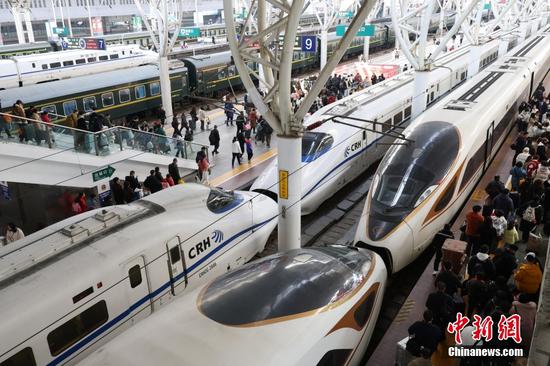
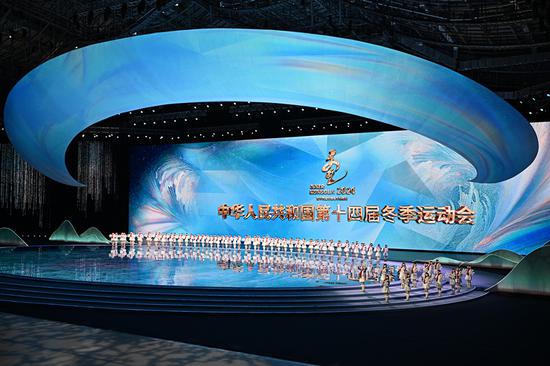
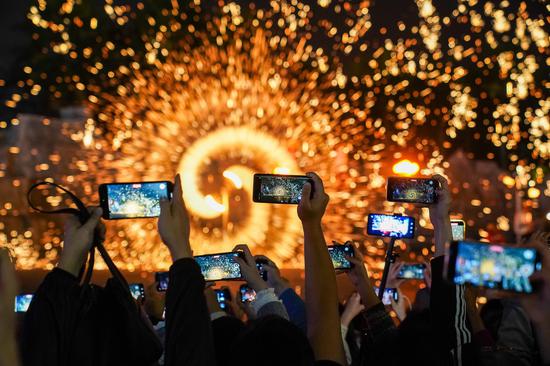
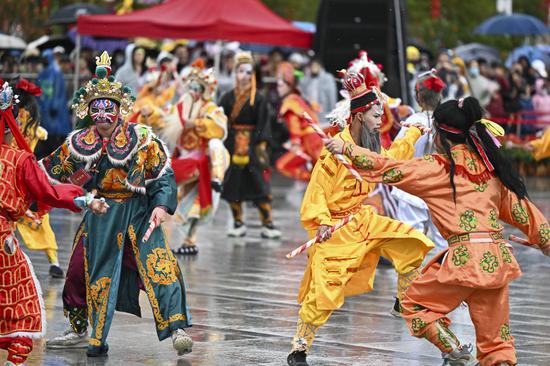
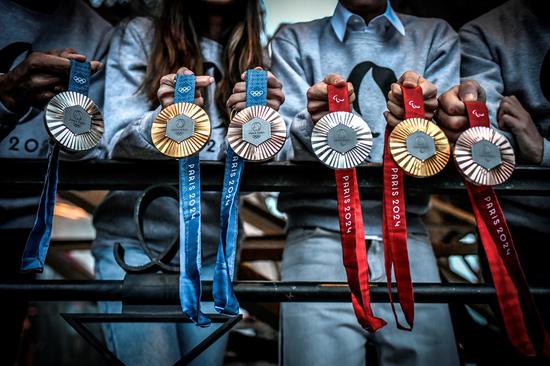
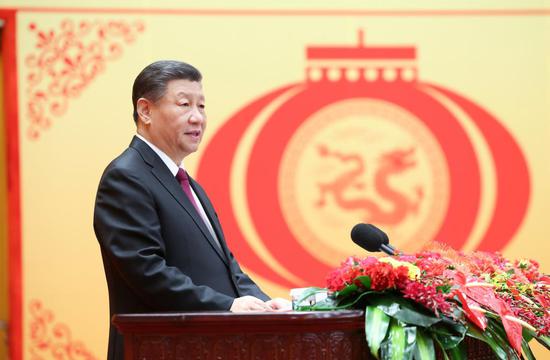
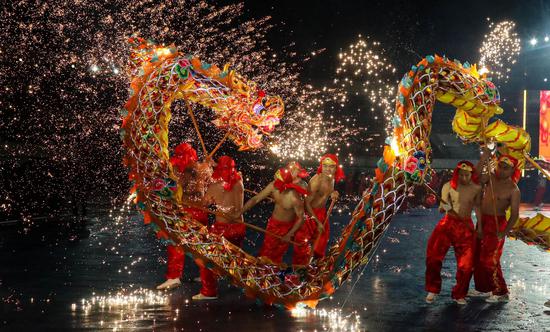

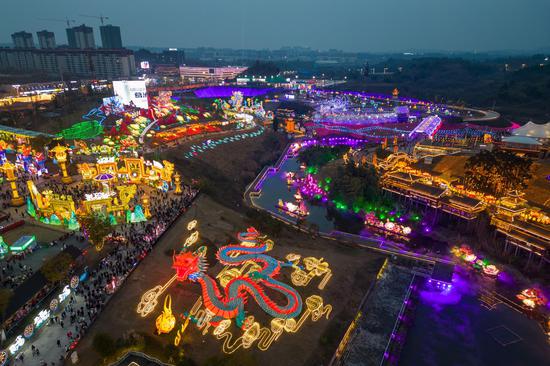
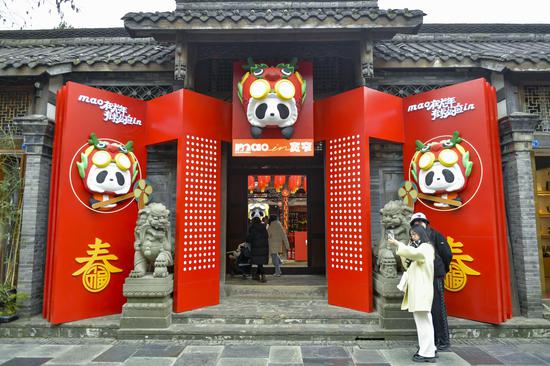
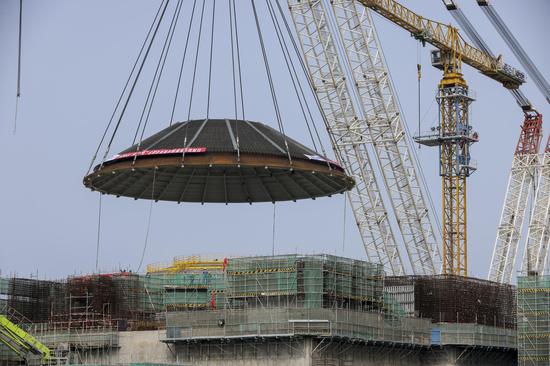

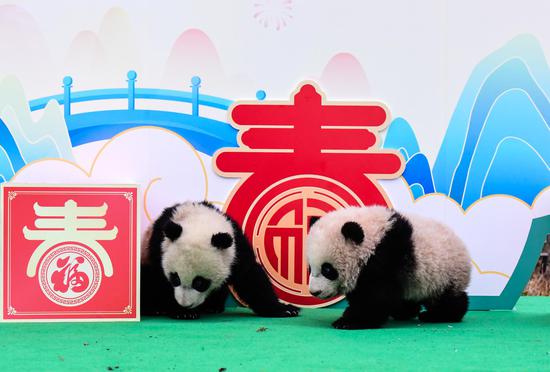
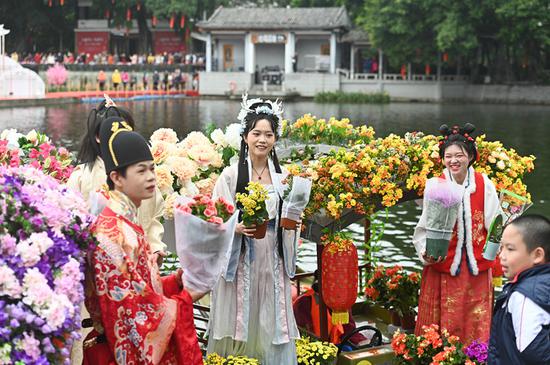
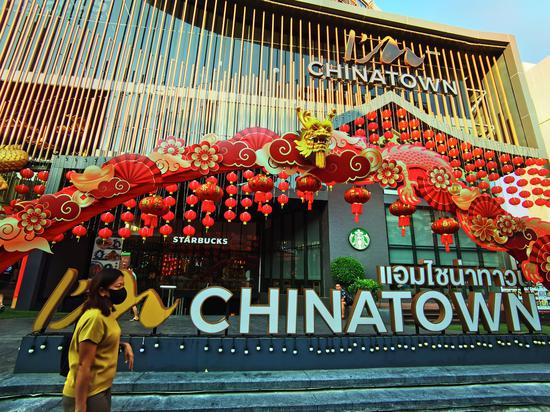
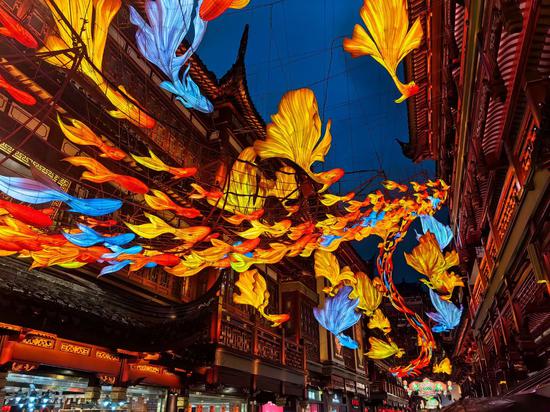
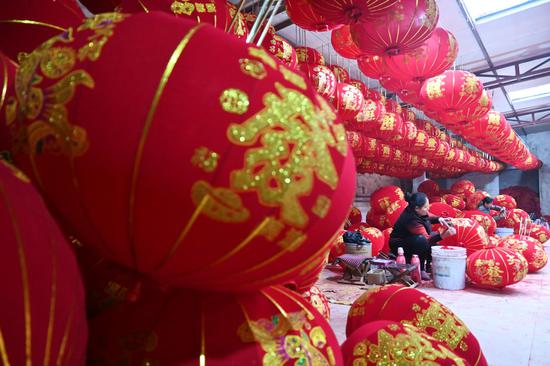
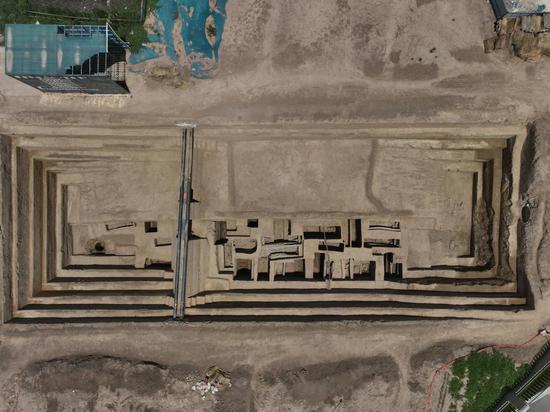
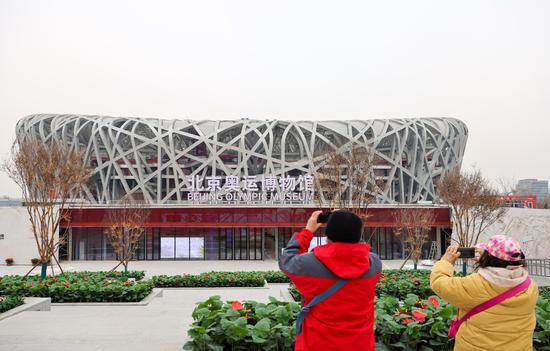
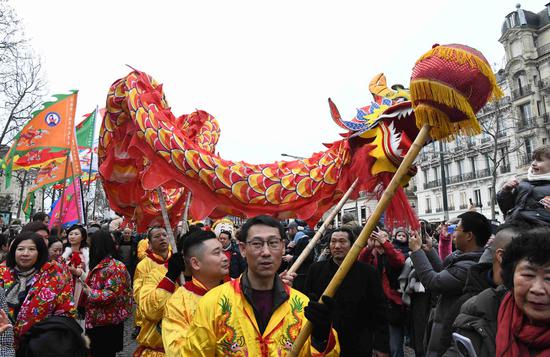


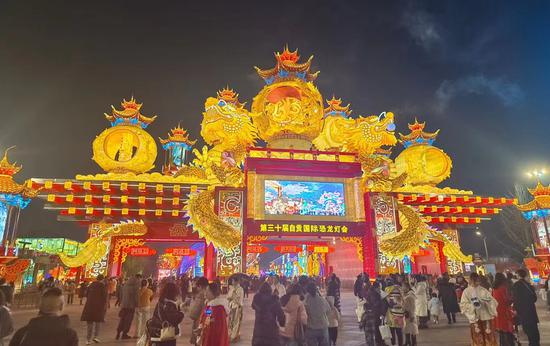
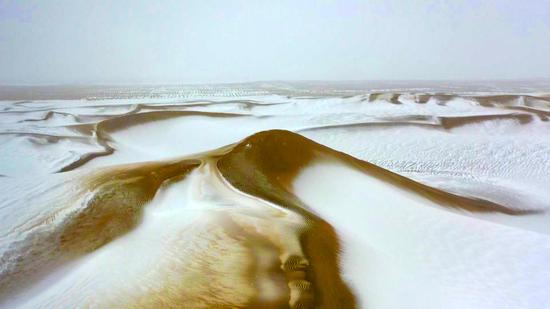
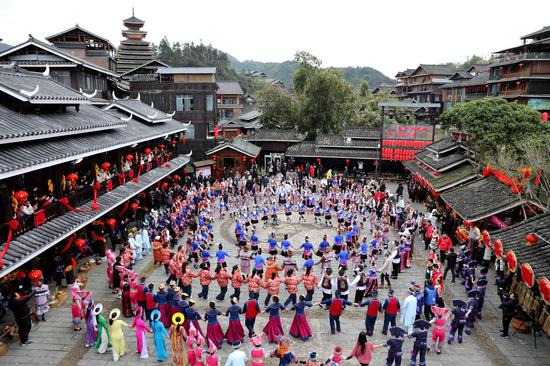


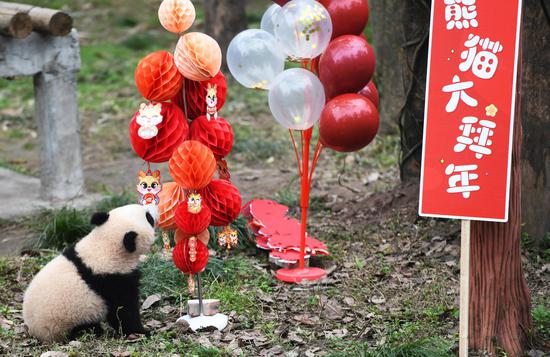
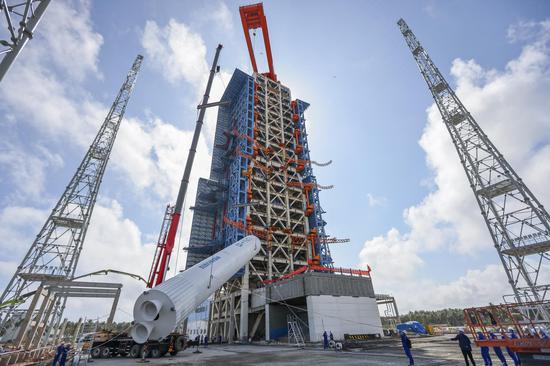


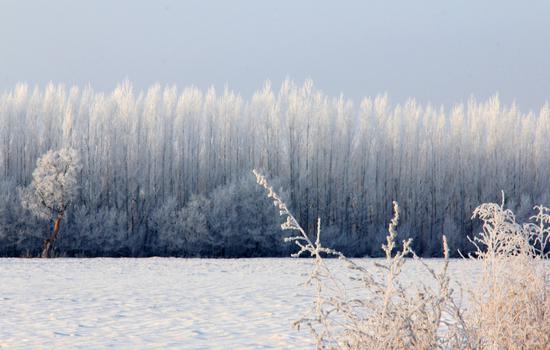
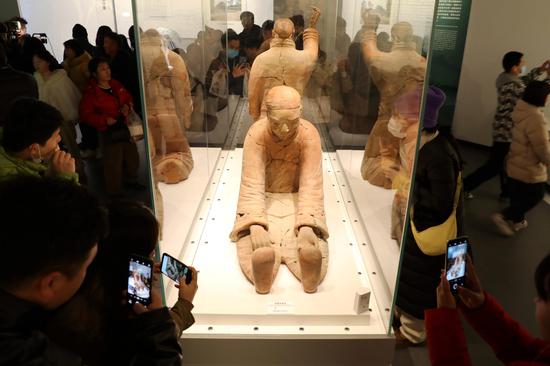

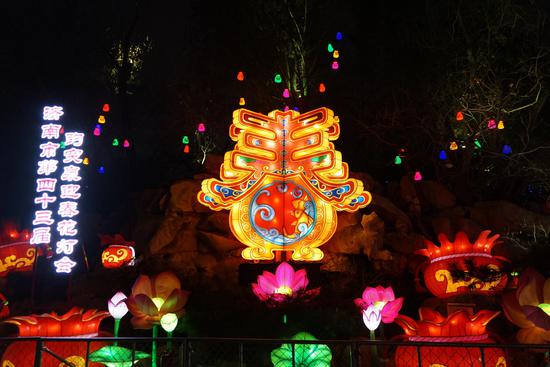
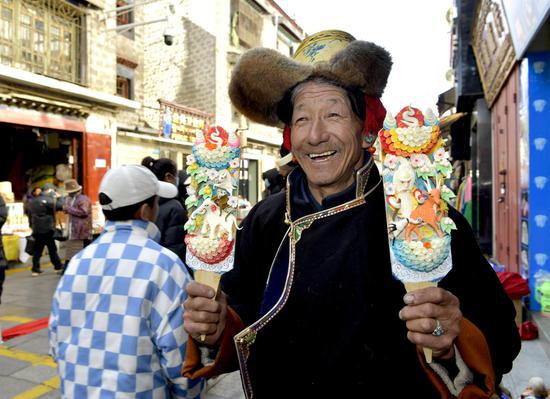



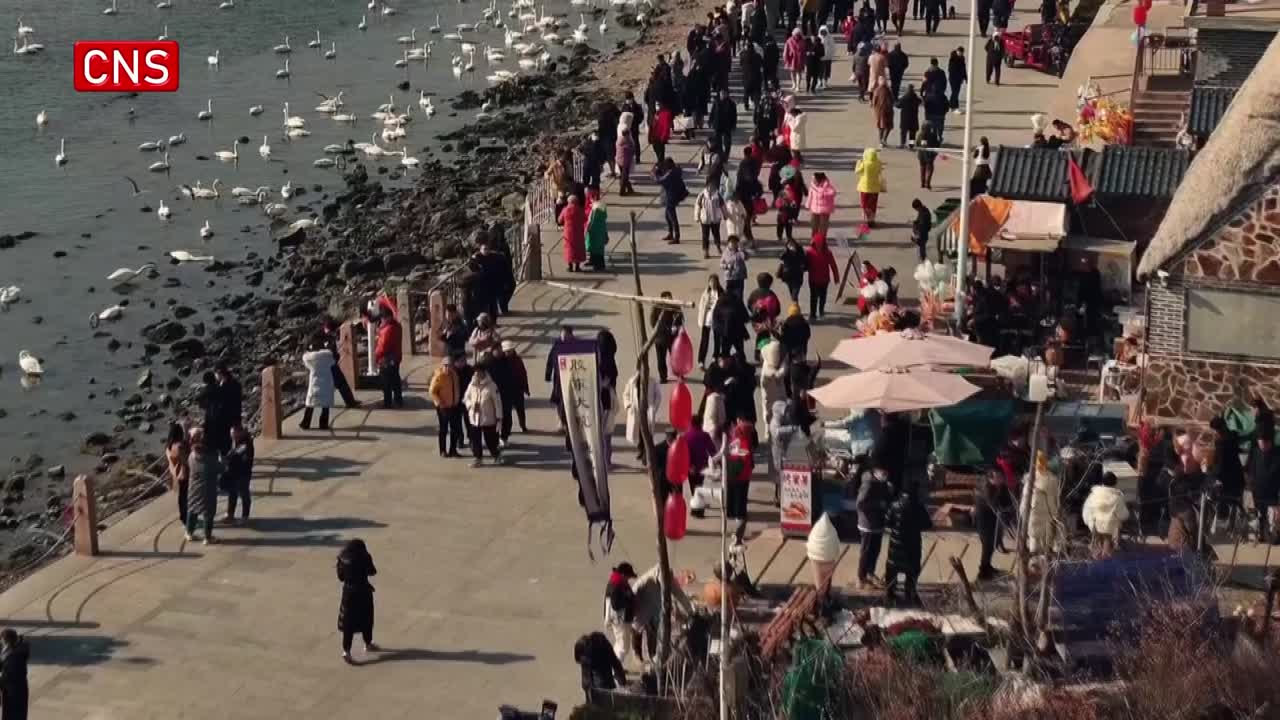

 京公网安备 11010202009201号
京公网安备 11010202009201号